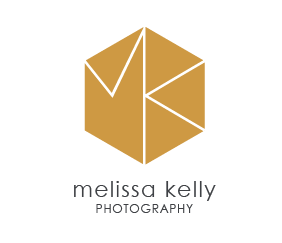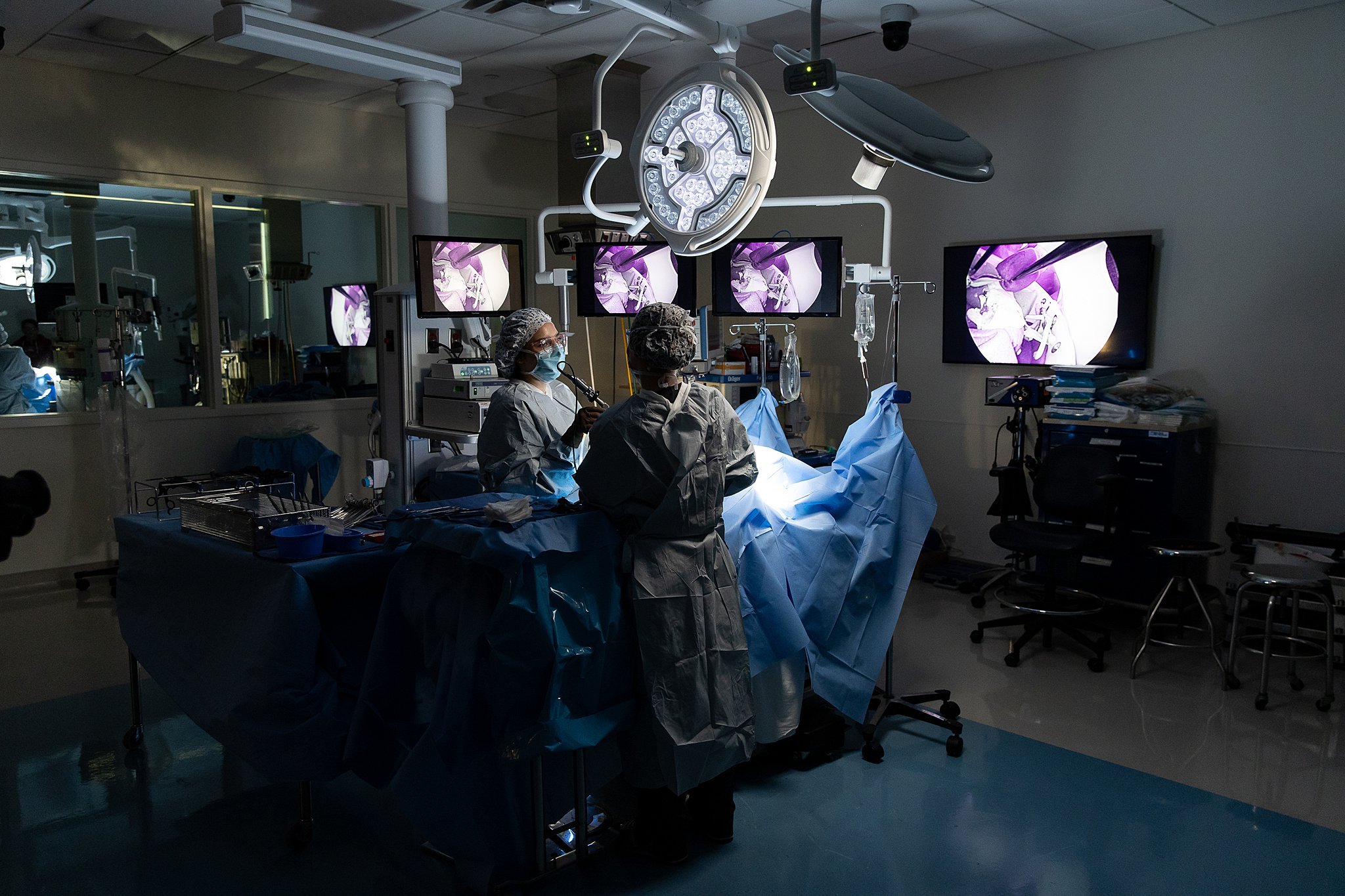From Staff Portraits to Patient Stories: Photography Strategies for Medical Practices
High-quality photography is no longer just a nice-to-have for medical practices, it is an essential part of communicating trust, professionalism, and care. Whether you're running a family practice, specialty clinic, or large medical group, quality images can strengthen your connection with current and prospective patients.
Here are a few key strategies for using photography effectively in healthcare marketing.
Humanize Your Team with Professional Staff Portraits
Patients want to know who will be caring for them. Professional staff portraits do more than fill out a website bio page, they help build trust before a patient ever walks in the door. Choosing consistent backgrounds maintains a clean and cohesive look for website images, social media posts and marketing materials.
Show, Don’t Just Tell: Capture Your Environment
Office photos help patients visualize what to expect during their visit. Highlight clean, welcoming spaces, waiting areas, exam rooms, and any specialized equipment or technology. These images can help reduce anxiety and create a sense of familiarity. For new facilities or recently renovated spaces, updated images also support branding and marketing materials.
Share Real Stories with Patient-Centered Photography
With proper consent, incorporating real patient stories through photography can add a level of authenticity to your practice. These images can support blog content, social media posts, or patient testimonials. Real stories are powerful tools that reinforce your commitment to care and community. Just be sure to follow HIPAA guidelines and always obtain written permission.
Use Photography to Support Health Education
Visual content can also be used in educational efforts. Photos showing health screenings, wellness programs, medication instructions or preventive care initiatives can be part of newsletters or campaign materials. According to a study in the National LIbrary of Medicine, visual materials significantly increase patient understanding and recall of medical information compared to text alone.
Keep It Updated
Just like outdated information can damage credibility, old images can do the same. Make it a point to refresh your photography every one to two years or sooner if your team or location changes significantly. This makes sure that your practice always looks current and professional.
Great photography isn't about perfection. It's about connection. Medical practices that invest in professional and meaningful photos are better equipped to tell their story, earn trust, and improve patient engagement. Whether you're highlighting a compassionate team or celebrating a patient’s success, thoughtful photography brings your mission to life. Ready to get started? Let’s chat about how your practice could benefit from high-quality photography.









